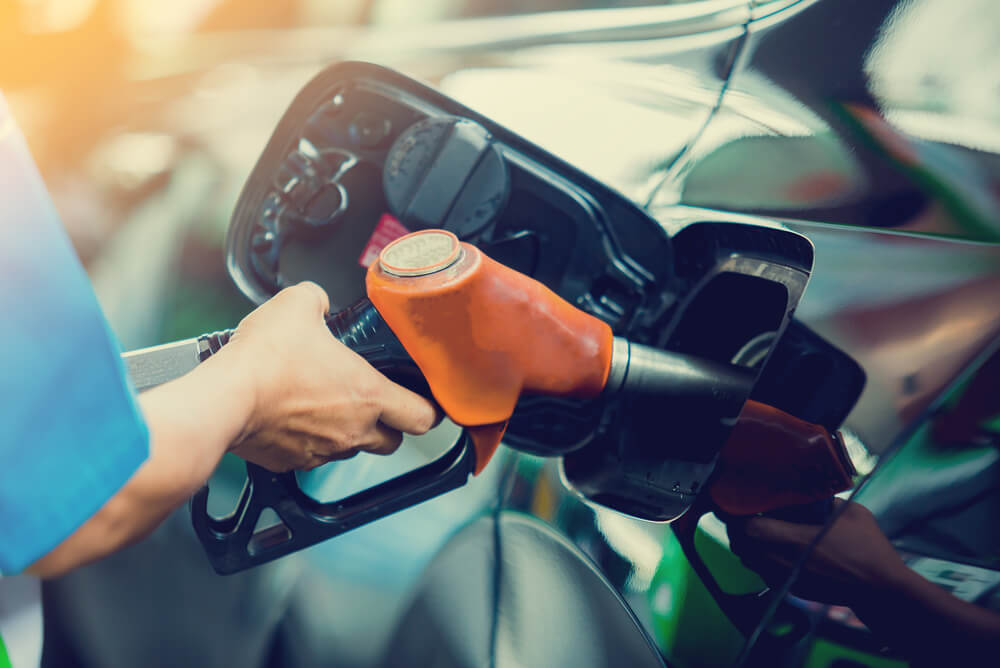
Despite lockdowns heavily impacting how far we can travel, recent survey data shows that on average, Australians are spending over one thousand dollars a year on fuel.
Compare the Market’s Bill Shock Tracker survey found that the average cost of petrol in Australia is $117 a month, or $1,404 a year.1 The Bill Shock Tracker survey asked a representative panel questions about their bills to see which ones cause financial stress.
Which state has the highest average petrol costs?
According to our survey results, Western Australians have a higher average cost of petrol than any other Australian state, at $134 per month (or $1,609 per year). The cost of fuel is exacerbated by Western Australians having the largest increase in commuting times from 2002 to 2017.2
In contrast, Victoria has the cheapest average petrol costs at $111 a month (approx. $1,339 a year).
| State | Average monthly cost of petrol | Average annual cost of petrol |
| NSW | $113.50 | $1,362 |
| VIC | $111.60 | $1,339.20 |
| QLD | $123.40 | $1,480.80 |
| WA | $134.10 | $1,609.20 |
| SA | $122.10 | $1,465.20 |
| Source: Compare the Market Bill Shock Tracker: September, Compare the Market. 2021. | ||
Which age group pays more for petrol?
Those aged 35-44 years old had the highest average petrol costs compared to all other age groups, followed by those aged 25–34 and 18–24. In comparison older Australians had the lowest average fuel costs, with 65+ year-olds paying just under $70 a month on average ($838 a year).1
| Age group | Average monthly cost of petrol | Average annual cost of petrol |
| 18-24 years | $132.40 | $1,588.80 |
| 25-34 years | $133.40 | $1,600.80 |
| 35-44 years | $140.30 | $1,683.60 |
| 45-54 years | $128.10 | $1,537.20 |
| 55-64 years | $108.50 | $1,302.00 |
| 65+ years | $69.80 | $837.60 |
| Source: Compare the Market Bill Shock Tracker: September, Compare the Market. 2021. | ||
What’s behind the price of fuel at the bowser?
Many factors influence the price we pay for fuel at the pump. These reasons can be broken down to the product cost, and of the total amount, 43 cents per litre is set aside for the fuel excise tax (as of 12 September 2021). Where the remainder includes the national average wholesale price (called the Terminal Gate Price or TGP) and additional taxes and costs, according to the Australian Institute of Petroleum.3
The price at the bowser must accommodate all these costs and taxes, plus provide additional funds for the service station to cover their expenses including staff wages.

Fuel prices are also in a constant state of flux. For example, the fuel excise is indexed twice a year in line with inflation, and global events can have an impact on the price of oil. Roughly 90% of Australia’s fuel supply is imported,4 which makes Australia vulnerable to events that affect the price of oil – known as the product cost.
Compare the Market’s Head of Innovation, Donald Farquhar, notes global events can make it harder to predict how the local petrol price cycles will pan out.
“Generally, petrol prices in the big city follow a local cycle, and normally this makes it a bit easier to predict when petrol will be cheap. Huge global impacts, like we’ve all seen with COVID-19, can have massive, long-lasting impacts on fuel prices,” Farquhar says.
“In 2020 we saw global lockdowns drive the price of petrol down, but now that countries are re-opening, petrol prices are rising.”
Great fuel prices in the palm of your hand
The savings really add up when you regularly find a cheaper price for petrol. Our Simples App makes it easy to find the best prices in your area, showing you regularly updated prices for:
- unleaded petrol (including 95 and 98 octane)
- diesel
- LPG
- E10
It’s completely free, so why not download and see if you can start saving on fuel today?
Sources:
1 Compare the Market Bill Shock Tracker, Compare the Market. 2021.
2 The Household, Income and Labour Dynamics in Australia Survey: Selected Findings from Waves 1 to 17. Melbourne Institute, the University of Melbourne, Department of Social Services, Australian Government. 2019.
3 Weekly Petrol Prices Report: Week ending 12 September 2021. Australian Institute of Petroleum. 2021.
4 Australia’s fuel security package. Department of Industry, Science, Energy and Resources, Australian Government. 2021.







